Frequently asked questions
Company News
- Carved aluminum veneer: the unique charm of modern architecture
- Exploring perforated aluminum veneer: the beauty of metal, a new trend in architecture
- The Fashion Charm of Punched Aluminum Veneer: A New Choice for Light Luxury Life
- Aluminum veneer customization, creating a new trend of personalized space
- Exploring Fluorocarbon Aluminum Veneers: An Environmentally Friendly Choice and a Beautiful Landscape for Future Buildings
Industry dynamics
- What are the innovative trends of aluminum veneer in architectural exterior design?
- Aluminum veneer customization, creating a new trend of personalized space
- Punched aluminum veneer: an aesthetic weapon for modern architecture
- Unlimited creativity, perforated aluminum veneer creates a fashionable space
- Customized aluminum veneer, creating a new trend of personalized space
Frequently asked questions
- How to improve the fire resistance of aluminum veneer?
- How to identify the quality of aluminum veneer?
- How to solve the environmental problems in the production process of aluminum veneer?
- How to design customized aluminum veneer?
- How to use and maintain aluminum veneer reasonably?
contact us
Mobile:+86 15627778610
Email: 2201229786
Address: No. 5 Binjiang Road, High tech Zone, Zhaoqing City, Guangdong Province
How to improve the insulation performance of aluminum veneer?
- Author: Lesilong Technology (Guangdong) Co., Ltd
- Release time: February 23, 2025 13:13:08
- Click:0
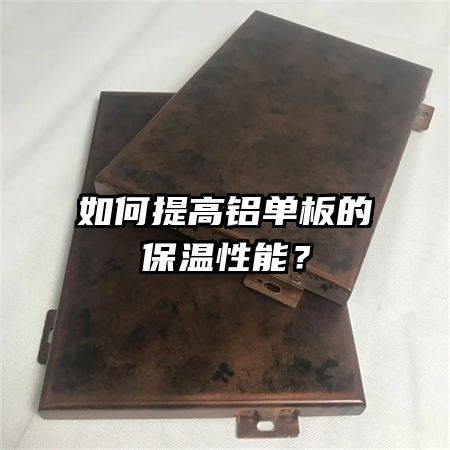
How to improveAluminum veneerWhat is the insulation performance?
Summary:
Aluminum veneer, as a common building material, its insulation performance is crucial for the energy efficiency of buildings. This article will elaborate on how to improve the insulation performance of aluminum veneer from four aspects, including optimizing material selection, improving structural design, increasing insulation layer thickness, and adopting external insulation systems.
1、 Material selection
1. Suitable insulation materials
Select thermal insulation materials with low thermal conductivity, such as polyurethane foam, rock wool board, etc. These materials can effectively reduce heat conduction and improve insulation performance.
2. The use of fire-resistant materials
Considering building safety, insulation materials that meet fire prevention standards are selected to reduce fire risks and provide better insulation effects.
3. Density of insulation materials
Choose insulation materials with appropriate density. Low density may cause heat to be lost through material gaps, while high density may increase material costs.
2、 Structural Design
1. Prevention of thermal bridges
To avoid or reduce the generation of thermal bridges, including the reasonable arrangement of insulation layers in structural design and the selection of appropriate connection methods to reduce heat conduction.
2. Improvement of sealing performance
Ensure that the connection between aluminum veneer and other building materials has good sealing performance to prevent heat leakage.
3. Consideration of Comfort
In addition to insulation function, the comfort level inside the building should also be considered. Combining ventilation, shading and other design methods to provide a better indoor environment.
3、 Thickness of insulation layer
1. Optimize the thickness of the insulation layer
Reasonably determine the thickness of the insulation layer based on the characteristics and requirements of the building. Not only should the insulation effect be considered, but also the material cost and construction difficulty should be taken into account.
2. Continuity of insulation layer
Ensure the continuity of the insulation layer and avoid gaps or voids to prevent heat loss through leaks.
3. Moisture resistance of insulation layer
Improve the moisture resistance of the insulation layer by using waterproof, moisture-proof, and anti mold materials to avoid a decrease in insulation effect caused by moisture.
4、 External insulation system
1. Introduction of external insulation layer
Introducing an external insulation layer on the exterior of aluminum veneer can effectively increase the overall insulation performance. Common external insulation materials include rock wool board, polystyrene foam board, etc.
2. Breathability of external insulation layer
The external insulation layer should have a certain degree of breathability to avoid excessive humidity inside the insulation layer due to moisture or water accumulation, which may affect the insulation effect.
3. Maintenance of external insulation system
Maintain the integrity of the external insulation system, regularly inspect and maintain it to ensure its long-term stable insulation performance.
5、 Summary:
By optimizing material selection, improving structural design, increasing insulation layer thickness, and adopting external insulation systems, the insulation performance of aluminum veneer can be effectively improved. These measures can not only reduce the energy consumption of buildings, but also improve the comfort of indoor spaces, which is of great significance for the development of sustainable buildings.
- previous page:How to design customized aluminum veneer?
- Next page:How to improve the fire resistance of aluminum veneer?

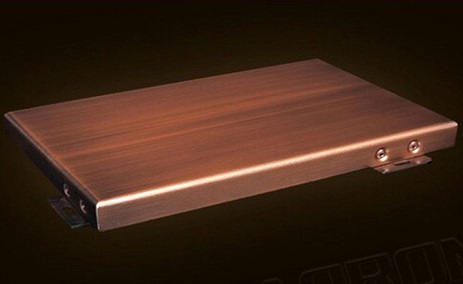
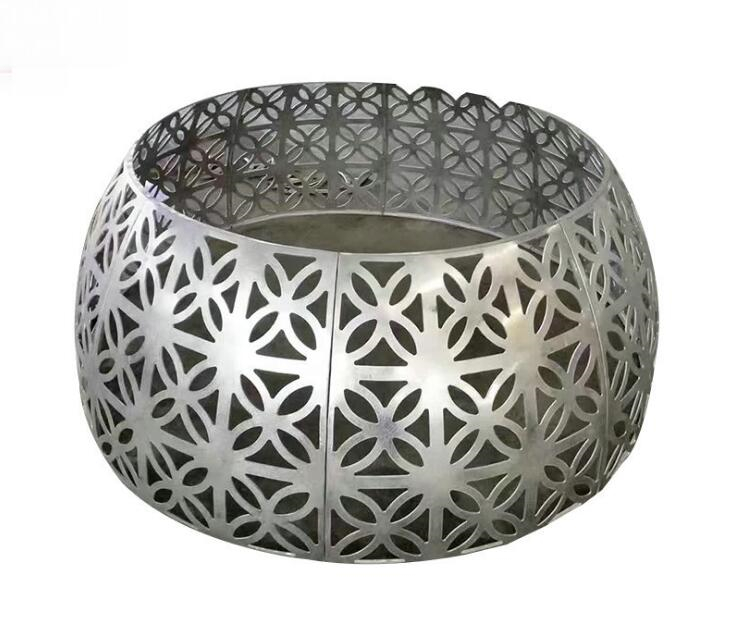
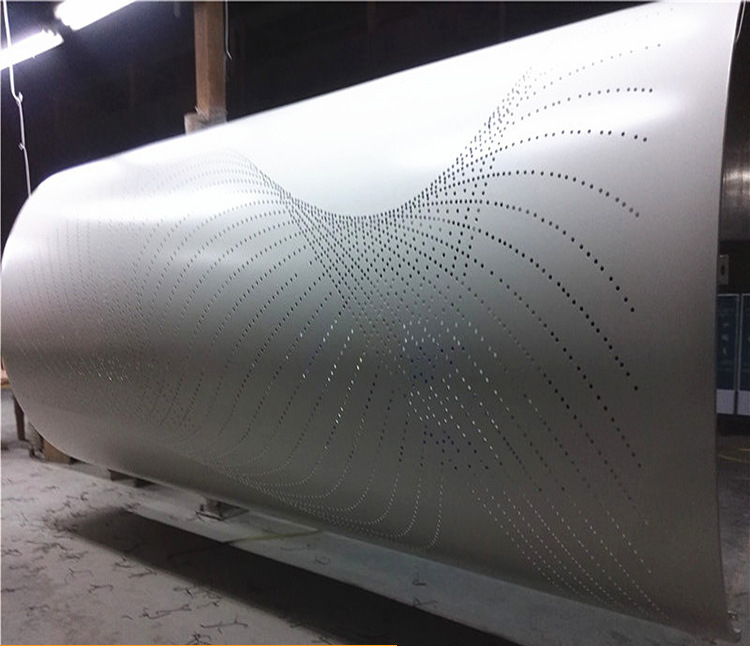
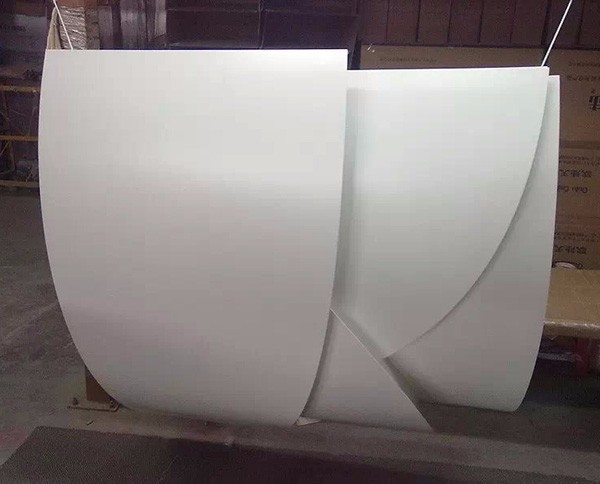
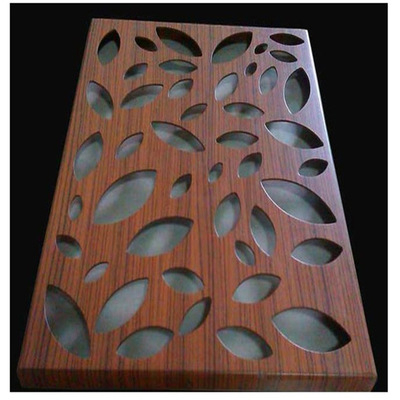
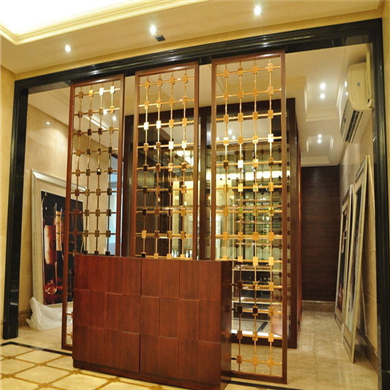
 Customer service QQ
Customer service QQ